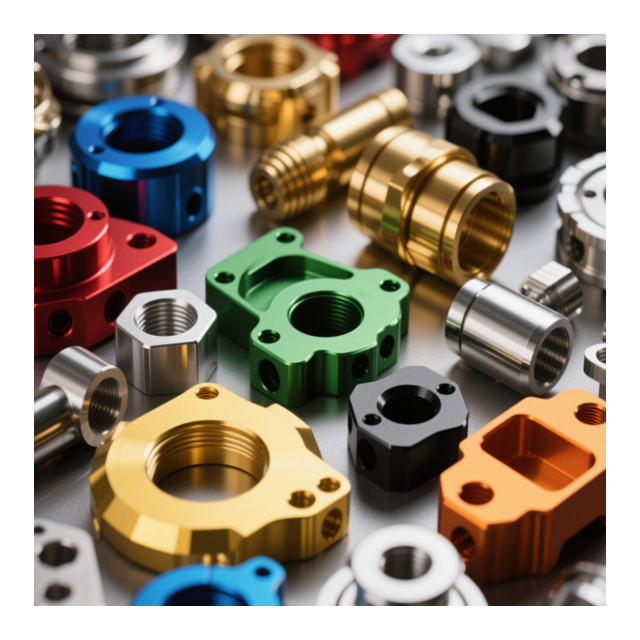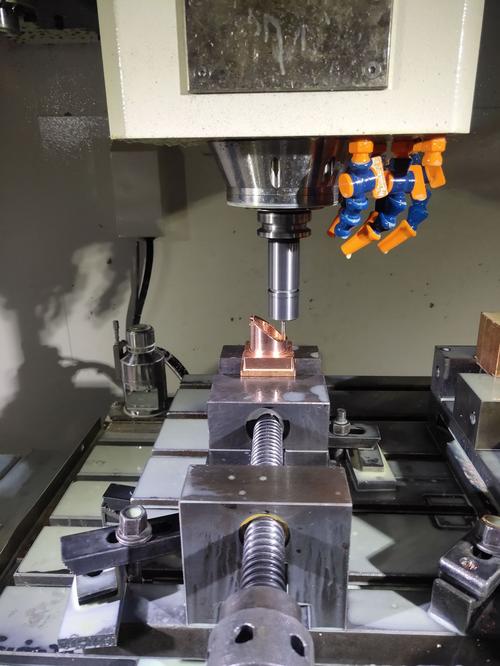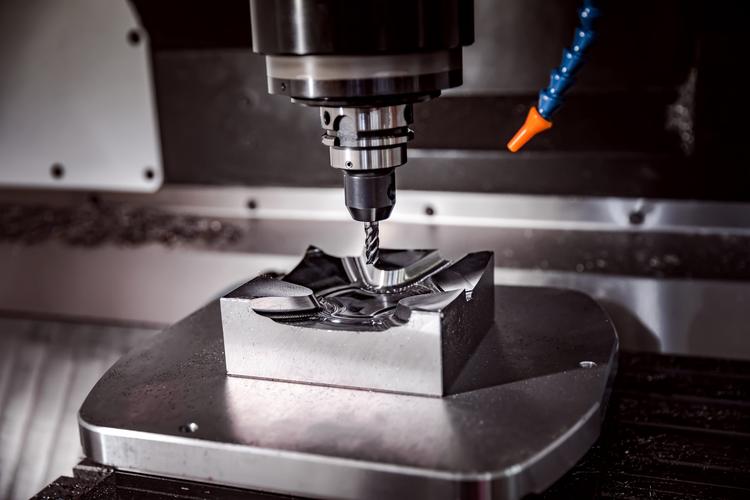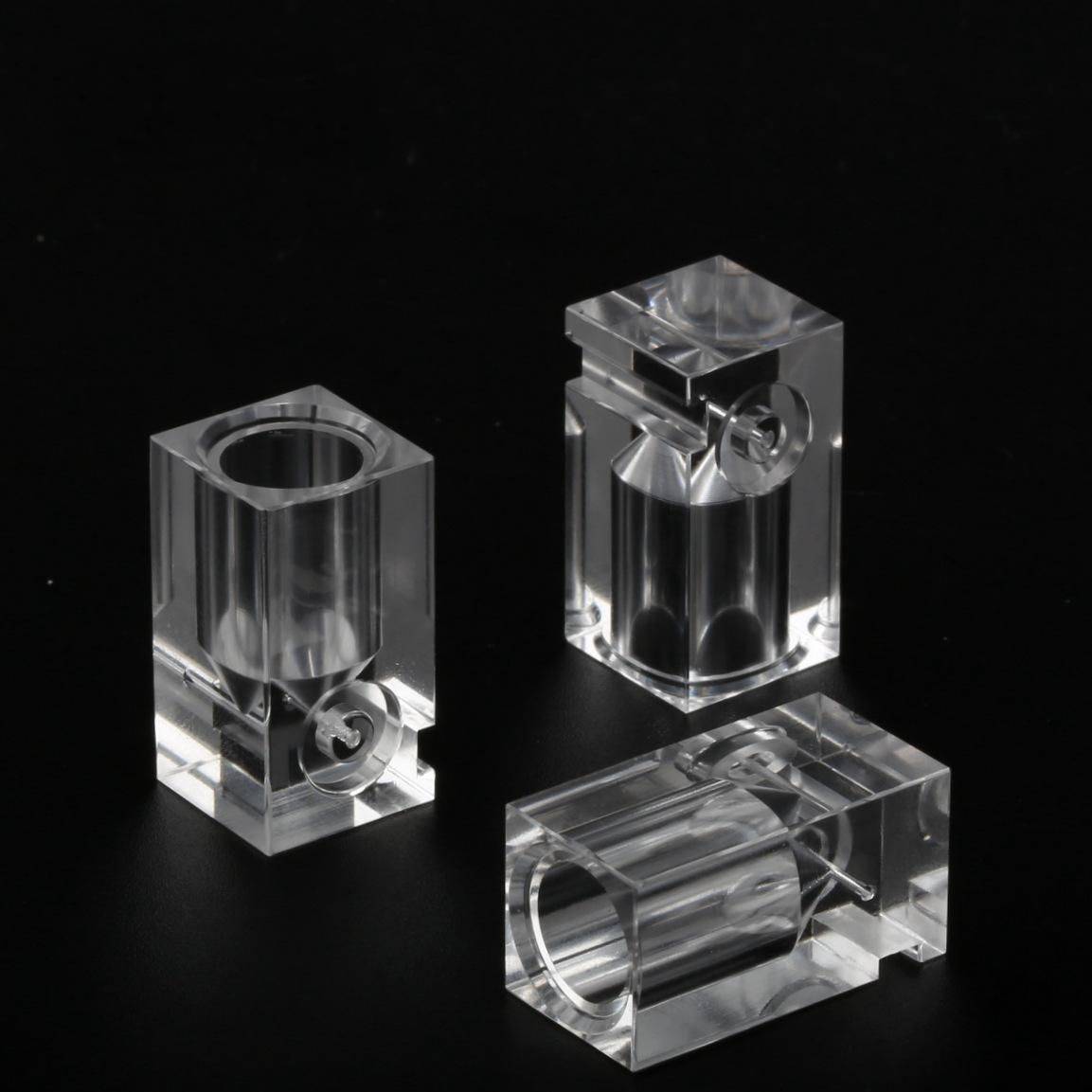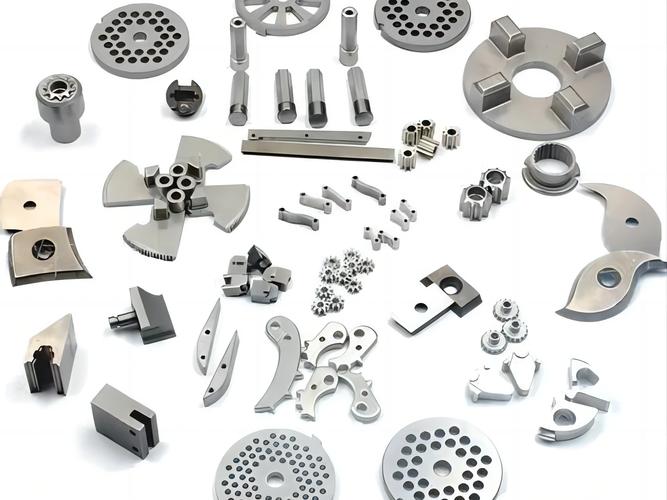
Answer
- Blanking: Separates materials along a predetermined contour using dies, including punching (removing waste) and blanking (obtaining the workpiece). It is used to manufacture flat parts such as gaskets and flange blanks.
- Bending: Forms sheet metal into specific angles or shapes under bending moment, such as U-shaped, V-shaped, and Z-shaped bends. It applies to parts with bending structures like brackets and automotive door frames.
- Drawing: Converts flat sheets into open hollow parts using punch and die, such as cylindrical, box-shaped, or conical workpieces. Common applications include producing cups, fuel tanks, and instrument casings.
- Forming: Alters material shape through local deformation, including flanging, bulging, necking, embossing, and spinning. It is used for processing complex curved structures like stiffening ribs, bosses, and bellows.
Extended Explanation: Detailed Analysis of Four Metal Stamping Types
- Elastic Deformation Stage: The punch contacts the material, causing elastic compression and bending of the sheet.
- Plastic Deformation Stage: Stress exceeds the yield strength, generating micro-cracks near the edges.
- Fracture Separation Stage: Cracks propagate through the material, completing separation.
|
Classification
|
Technical Points
|
Typical Applications
|
|
Common Blanking
|
Large edge clearance (5%-10% of material thickness), with three-section fracture surface (rounding zone, burnished zone, fracture zone), accuracy IT12-IT14.
|
Gaskets, flanges, simple contour parts.
|
|
Precision Blanking
|
Uses negative-clearance die and V-shaped ring blank holder, clearance < 1% of material thickness, fracture surface perpendicularity 90°, accuracy IT6-IT8.
|
Gears, bearing cages, precision parts.
|
|
Trimming Blanking
|
Second-stage cutting of common blanking edges to remove the fracture zone and improve dimensional accuracy and surface quality.
|
High-precision hole machining, aerospace parts.
|
- Clearance Control: Excessive clearance causes burrs; insufficient clearance leads to die cracking. Adjust according to material plasticity (e.g., 8%-12% thickness for stainless steel).
- Edge Form: Punches can be stepped (for multi-punch blanking) or oblique-edged (reducing blanking force); dies are usually integral or mosaic (for large parts).
- Unloading and Ejection: Uses elastic stripper plates or rigid ejectors to prevent waste blockage and ensure safety.
- Suitable Materials: Ductile metals like low-carbon steel (Q235), aluminum alloy (5052), and brass (H62), typically with thickness ≤6mm.
- Common Defects:
- Excessive Burrs: Adjust clearance and grind edges.
- Hole Edge Tearing: Check positioning accuracy and replace worn dies.
- Dimensional Deviation: Correct punch/die manufacturing tolerances (usually 1/3 of workpiece tolerance).
- Bending Radius R: R ≥ (0.25-1) t (t = material thickness); too small radius causes outer cracking.
- Bending Central Angle α: Determines bending degree and affects springback (Δα = α_unloading – α_loading).
- Die Compensation: Reduce punch angle by Δα (springback angle) or design negative-clearance dies.
- Correction Bending: Increase material compaction by the punch to tension the inner neutral layer.
- Hot Bending: Heat materials like titanium alloy to recrystallization temperature (e.g., TC4 at 600℃) to reduce elastic modulus.
- Positioning Design: Uses stop pins, positioning plates, or vacuum adsorption to prevent material sliding during bending.
- Anti-wrinkling Measures: Employs elastic blank holders for thin materials (t < 1mm) to suppress inner wrinkling.
- Automation Application: CNC bending machines with laser angle sensors real-time correct springback deviation, achieving accuracy ±0.5°.
- Flange Zone: Main deformation zone, with tangential compressive stress risking wrinkling.
- Wall Zone: Force-transmitting zone, tensile stress, prone to tearing.
- Bottom Radius Zone: Transition zone, with maximum thickness reduction (up to 30%).
- Drawing Ratio m: m = d/D (d = workpiece diameter, D = blank diameter), first drawing m ≥ 0.5-0.8 (decreases with higher material ductility).
- Blank Holder Force F: Prevents flange wrinkling, F = A・q (A = flange area, q = unit blank holder force, 25-35MPa for stainless steel).
- Die Clearance Z: Z = (1.1-1.2) t; excessive clearance causes wall thickness unevenness; insufficient clearance increases drawing force.
|
Drawing Category
|
Technical Features
|
Typical Products
|
|
First Drawing
|
Directly forms hollow parts from flat sheets, suitable for shallow drawing (h/d ≤ 0.3, h = height).
|
Beverage cans, cosmetic boxes
|
|
Multiple Drawing
|
Uses multi-stage dies to gradually reduce diameter and increase height, requiring intermediate annealing to eliminate work hardening (e.g., steel at 650℃).
|
Automotive body panels, cartridge cases
|
|
Ironing Drawing
|
Clearance Z < t, mainly changing wall thickness with minimal diameter change, for ultra-thin-walled parts (e.g., mobile phone battery cases, t = 0.1mm).
|
Precision instrument casings, cartridge cases
|
|
Reverse Drawing
|
The punch enters from the bottom of the pre-drawn part in the reverse direction, reducing friction and improving material flow (suitable for aluminum alloy parts).
|
Complex curved hollow parts
|
- Wrinkling Control: Uses rigid or elastic blank holders with blank holder surface roughness Ra ≤ 0.8μm.
- Tearing Prevention: Increase punch/die radii (rp = 5-10t, rd = 6-12t) and apply special drawing oil (e.g., sulfur-containing extreme pressure agents).
- Die Materials: Punch uses Cr12MoV (hardness 58-62HRC); die uses cemented carbide YG8 (suitable for hard-to-form materials like stainless steel).
- Hole Flanging: Turns pre-drilled hole edges into vertical flanges, with flanging ratio K = d0/D (d0 = hole diameter, D = flanged diameter), K ≥ 0.6-0.8 for steel.
- Edge Flanging: Outer flange flanging (compressive deformation, prone to wrinkling) and inner concave flanging (tensile deformation, prone to cracking), requiring deformation degree control.
- Applications: Flanging of automotive seat mounting holes and flange edges.
- Rigid Bulging: Expands hollow part inner diameter using split punches, e.g., bellows manufacturing.
- Hydraulic Bulging: Injects high-pressure liquid (50-200MPa) to expand pipe materials, suitable for automotive subframes and aerospace special-shaped pipes.
- Features: Uniform thickness reduction, high surface quality, requiring bulging ratio control (Δd/d0 ≤ 30%).
- Necking: Reduces hollow part mouth diameter via dies, commonly used for bottle necking (e.g., fire extinguisher cylinders), requiring necking ratio m = d/D (m ≥ 0.7-0.8).
- Flaring: Expands pipe mouth diameter with a punch, suitable for pipe connections (e.g., air conditioning copper pipes), with flaring ratio β = (D-d)/d ≤ 40% for copper.
- Embossing: Forms stiffening ribs and bosses to enhance rigidity, e.g., automotive body panel bead design, requiring deformation zone edge distance ≥ 3t.
- Indenting: Creates surface text, patterns, or marks with high die precision (depth error ≤ ±0.05mm).
- Uneven Deformation: Uses finite element simulation (e.g., Dynaform software) to optimize die profiles for uniform stress distribution.
- Thickness Control: Employs CNC hydraulic presses to adjust pressure in real-time during bulging; uses conical dies to reduce friction during necking.
- Springback Compensation: Presets reverse deformation on dies for high-elastic materials like stainless steel (e.g., increasing flanging angle by 2°).
- Drawing-Bulging Composite: Automotive body panels (e.g., inner door panels) undergo both drawing and local bulging to enhance rigidity.
- Blanking-Bending Composite: In multi-station progressive dies, blanking is followed by bending to form complex parts in one step.
- Hot Forming: Heats boron steel above 850℃ and quenches in dies, achieving strength up to 1500MPa, used for automotive A-pillars and bumpers.
- Intelligentization: AI algorithms optimize process parameters, and IoT monitors die status.
- Lightweighting: Develops special dies for lightweight materials like aluminum and magnesium alloys.
- Precision: Micro-stamping technology (accuracy ±5μm) applies to electronic component manufacturing. Mastering the principles, parameters, and defect control of these four processes is key to improving metal stamping quality and efficiency.


